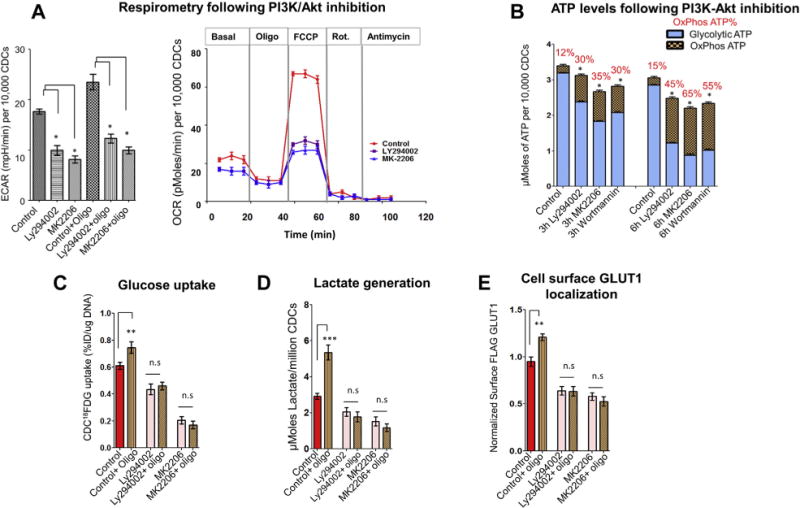FIGURE 2. PI3K/AKT Signaling Is Required for Maintenance of Glycolytic Reserve.

(A) PI3K-Akt inhibition reduced OxPhos capacity and glycolysis. ECAR data is presented as mean ± SEM; n = 4. The Student t test was used to assess effect of Akt inhibition on ECAR. One-way ANOVA with Tukey’s post-hoc test was used to determine significance in OCR data. (B) PI3K/Akt inhibition reduced cellular ATP levels and ATP generation by glycolysis, but increased the contribution OxPhos to ATP generation. Data is presented as mean ± SD; n = 6; Student t test was used to determine significance. (C and D) Akt inhibition prevented compensatory increase in glucose (18FDG) uptake and lactate generation following OxPhos inhibition by oligo in glucose medium. Effect of oligo on glucose uptake/lactate generation was examined using the Student t test. Data is presented as mean ± SD; n = 3; Student t test was used to determine significance. (E) Akt inhibition prevented increase in cell surface GLUT1 following OxPhos inhibition by oligo. Data is presented as mean ± SD; n = 6; Student t test was used to determine significance. Cells in the control condition in C to E were treated with vehicle (dimethyl sulfoxide). *p < 0.05; **p < 0.01. Abbreviations as in Figure 1.
